SM-6 against hypersound: possible prospects for the development of US missile defense
Leading countries are currently developing promising hypersonic weapons, and are also working on issues of protection against such threats. Right now, a new proposal is being discussed in the United States, providing for the modernization of the existing SM-6 anti-aircraft missile for new needs. The implementation of such a project will allow, in the shortest possible time, to strengthen air defense / missile defense against new threats.
Perspective development
According to the current plans of the Missile Defense Agency, new means of protection against hypersonic threats should be created and put on duty in the medium term. More exact dates cannot yet be named, but in some estimates, at least the second half of the twenties appears.
Right now, various options for the concepts and technical appearance of the new missile defense element are being worked out. For this purpose, new research programs of various kinds are being opened, aimed at solving various problems. It is expected that in the near future they will help to form a common understanding of the main issues, as well as create a technological basis for subsequent work.
Until recently, the ABM Agency, together with various contractors, carried out the Regional Glide Phase Weapon System (RGPWS) program. Its purpose was to work out solutions for expanding the functions of the maritime component of the strategic missile defense. Based on the results of the work performed, it was decided to curtail this project and use the accumulated experience in the new Glide Phase Interceptor (GPI) program.
In mid-April, it became known that the development of the GPI can use not only existing experience, but also available products. So, the Agency plans to test the serial anti-aircraft missile SM-6 and determine its ability to intercept hypersonic targets. Upon receipt of positive results, the rocket can be modified.
A few days ago it became known that the proposal for the SM-6 will not be the only one in the new program. The ABM Agency has opened the reception of technical proposals, which will then be considered and selected the most successful. Based on the results of work with proposals and applications, further ways of developing the GPI project should be determined.
Anti-hypersonic anti-missile
Interestingly, the RIM-174 Standard Missile 6 (SM-6) anti-aircraft missile is not the first time mentioned in the context of the fight against hypersonic complexes of a potential enemy. At the same time, her exact fate in this area is still unknown and uncertain. Perhaps the situation will become clearer in the near future.
Last spring, the director of the ABM Agency, John Hill, said that the RGPWS missile system could be integrated with the existing Mk 41 universal launcher deployed on ships or on land facilities. This imposes some restrictions on the dimensions of the interceptor missile, but gives great operational advantages. Now, a number of missile weapons are used on the Mk 41 installations, incl. SM-6 products.
Shortly thereafter, Deputy Secretary of Defense for Research and Development Michael Griffin revealed some details of the current work. By that time, specialists had studied the available possibilities and finished products, incl. missile SM-6. There was a proposal to test such weapons in a "hypersonic" role. Such tests were assigned to 2023.
In mid-April 2021, Deputy Minister of Development Barbara McQuiston spoke to the Senate Appropriations Committee on the outlook for the various directions. It is reported that recently the Navy and the ABM Agency have jointly demonstrated the possibility of using the SM-6 missile against an "advanced maneuvering threat". When such a demonstration took place and what it looked like, it is not specified.
In addition, the deputy minister mentioned that a new similar demonstration will take place by the end of this year. Then the work will continue, and by 2024, on the basis of the SM-6, it is planned to create a full-fledged combat-ready anti-missile to intercept hypersonic targets.
Current opportunities
Anti-aircraft guided missile SM-6 or RIM-174 Extended Range Active Missile (ERAM) was developed by Raytheon and entered service with the US Navy in 2013. Subsequently, such weapons were sold to several friendly countries.
The SM-6 is a two-stage solid fuel engine product. The rocket length reaches 6,6 m with a maximum diameter of approx. 530 mm. The launch weight is 1500 kg, of which 64 kg falls on the fragmentation warhead. The missile is equipped with an inertial navigation system and an active / passive radar homing head. In flight, the SM-6 develops a speed of approx. 3,5M. The firing range of the first serial modification of Block 1A was announced at 240 km. In the course of further modernization, it was possible to almost double it. Height reach - 34 km.
The missile is delivered in a transport and launch container loaded into the Mk 41 universal installation. This allows the SM-6 to be used on ships of various projects, both American and foreign. So, as part of the US Navy, the RIM-174 ERAM missiles are carried by the Ticonderoga project cruisers and the Arleigh Burke destroyers. Also, the Mk 41 is used as part of the stationary ground complex Aegis Ashore.
Initially, the SM-6 was an anti-aircraft missile for hitting aerodynamic targets at a great distance from the carrier ship. In the course of the next modernization, the seeker was improved, thanks to which the rocket was able to destroy ballistic targets on the downward trajectory. During the tests, the SM-6's ability to hit medium-range missiles was repeatedly shown, incl. in a difficult jamming environment.
Work was underway to integrate anti-ship capabilities. Since 2020, modernization has been carried out, designed to turn an anti-aircraft missile into a means for striking ground targets. This version of RIM-174 in 2023 will have to complement the existing Tomahawk missiles.
Efficiency and economy
The Pentagon and the ABM Agency have yet to fully assess the prospects for the SM-6 in its new role. However, it is already clear why the concept of using such a missile in a "hypersonic" missile defense appeared and for what reasons it received support. It can be assumed that such a project should have advantages of both technical and economic nature.
During the tests, the SM-6 rocket showed and confirmed high flight characteristics. Control systems and seeker systems make it possible to effectively solve the problem of intercepting maneuvering aerodynamic targets and high-speed ballistic objects with a predictable trajectory. The issues of adapting the GOS for purposes of a different kind are being addressed.
Thus, the RIM-174 / SM-6 missile actually turns out to be not just an anti-aircraft weapon, but a multipurpose platform suitable for solving various tasks. High energy performance in combination with advanced control and guidance facilities can make it an interceptor for maneuvering hypersonic targets. At the same time, it will be possible to do without the development of a number of key components, which are characterized by complexity and high cost.
However, so far we are talking only about theoretical possibilities. The Pentagon plans to conduct tests and assess their potential in terms of implementation, implementation and practical application. Evaluation tests have already started, and by the end of the year another test launch of a rocket with a non-standard program is to take place.
It is not known how and how the already started activities will end. At the same time, the further course of the current programs in the field of air defense and missile defense will depend on their results. If the SM-6 confirms its fundamental ability to deal with a "developed maneuvering threat", then the development of its new modification will be launched. This will take several years, and by the end of the decade, American ships will receive new capabilities in the context of missile defense.
Otherwise, the Pentagon and other organizations will have to seek and work out new solutions. And such processes are likely to continue until the emergence of a new missile defense system capable of fighting the hypersonic systems of a potential enemy. Obviously, the United States will not abandon this direction and achieve the desired results - but it is not yet known whether it will be possible to do this with the help of a new modification of the SM-6 or at the expense of other weapons.
- Ryabov Kirill
- Russian Ministry of Defense, US Department of Defense
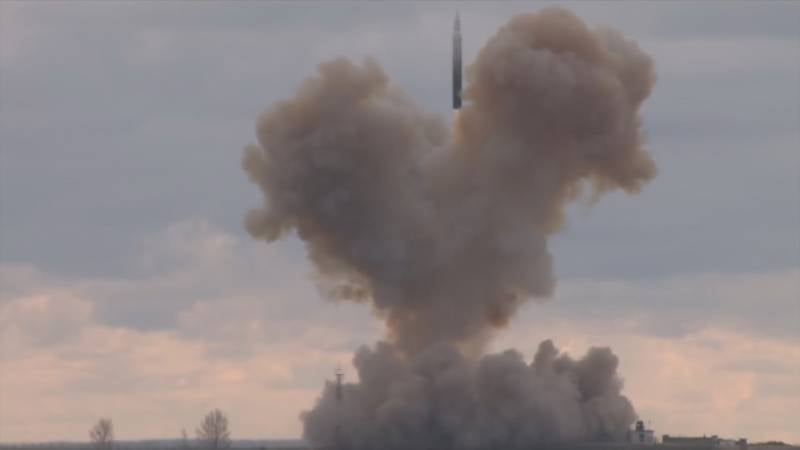
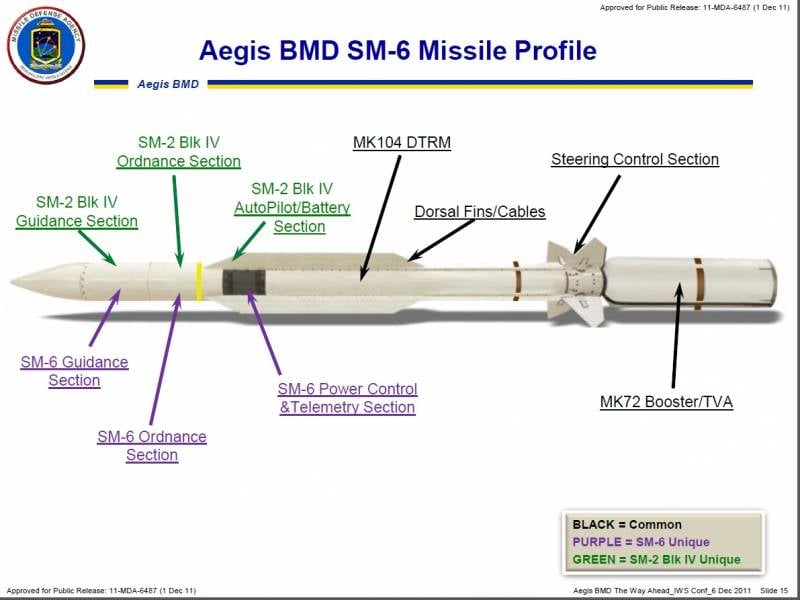
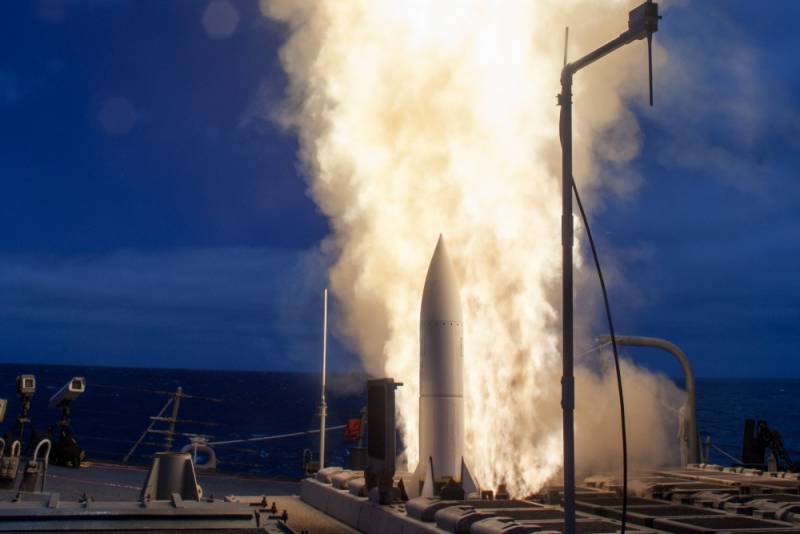
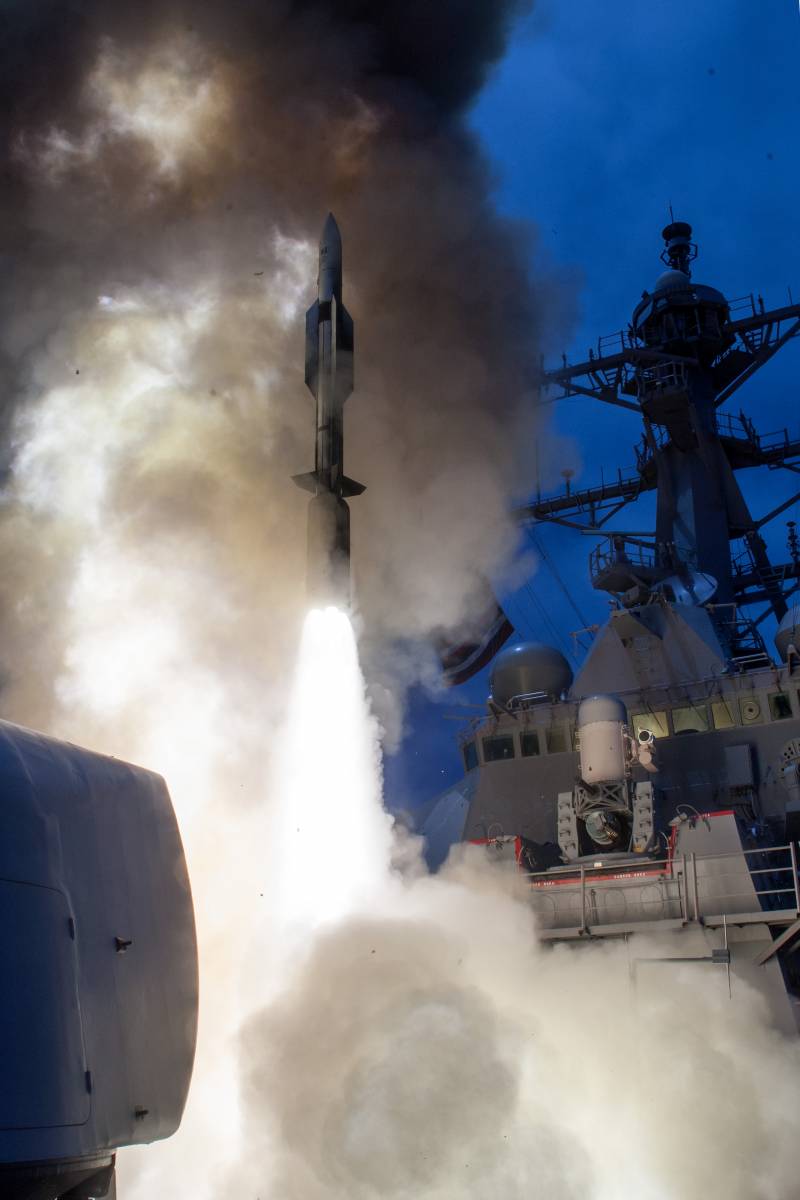
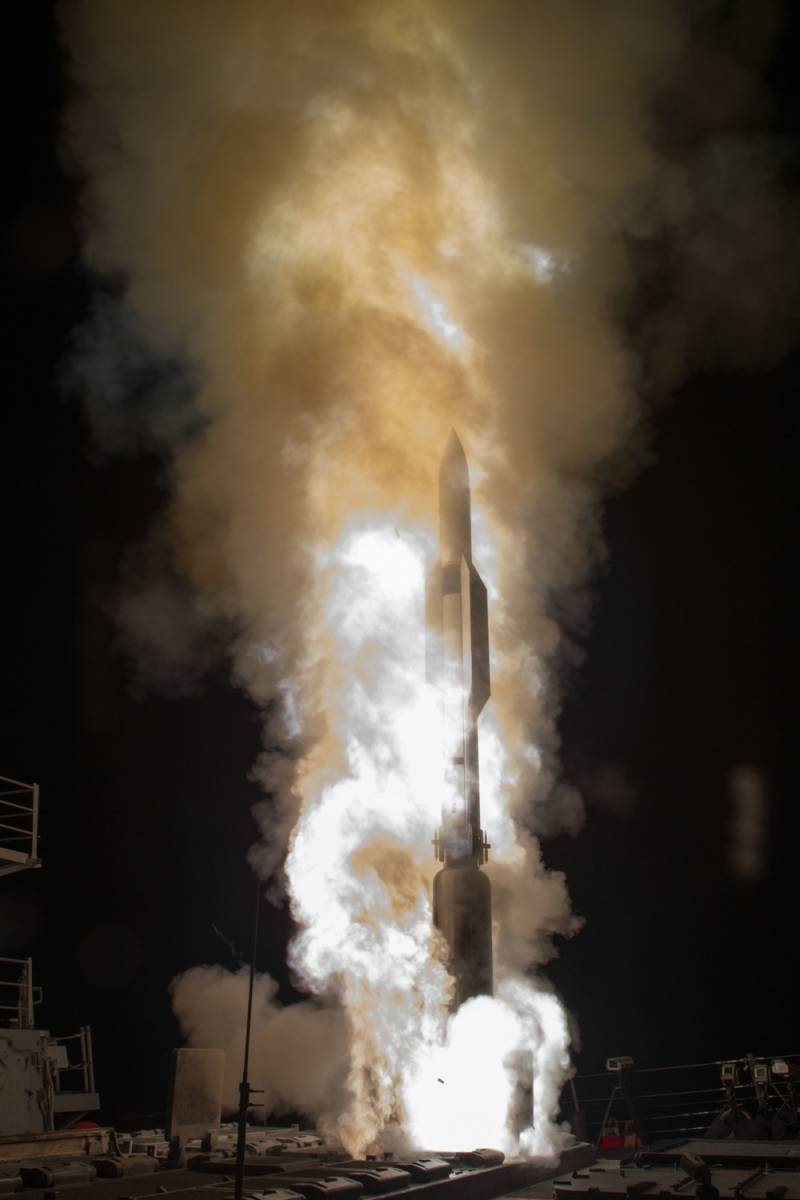
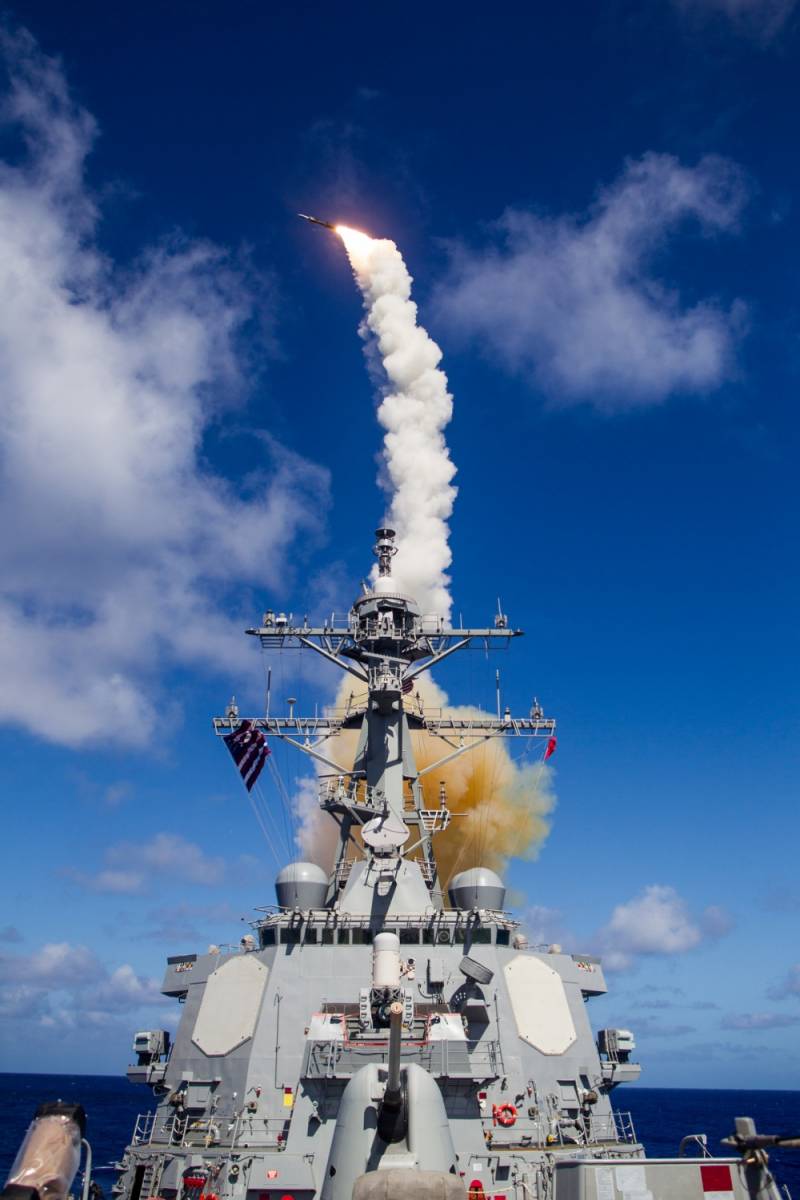
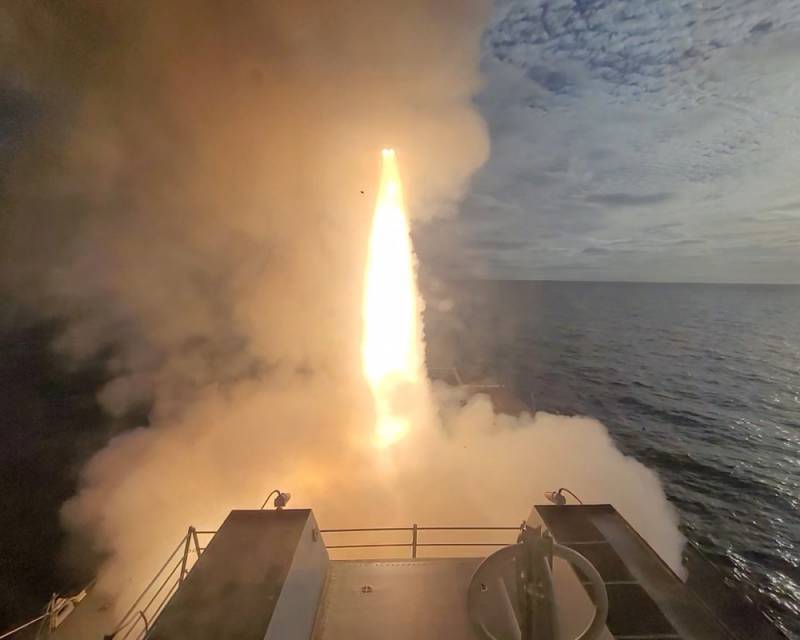
Information